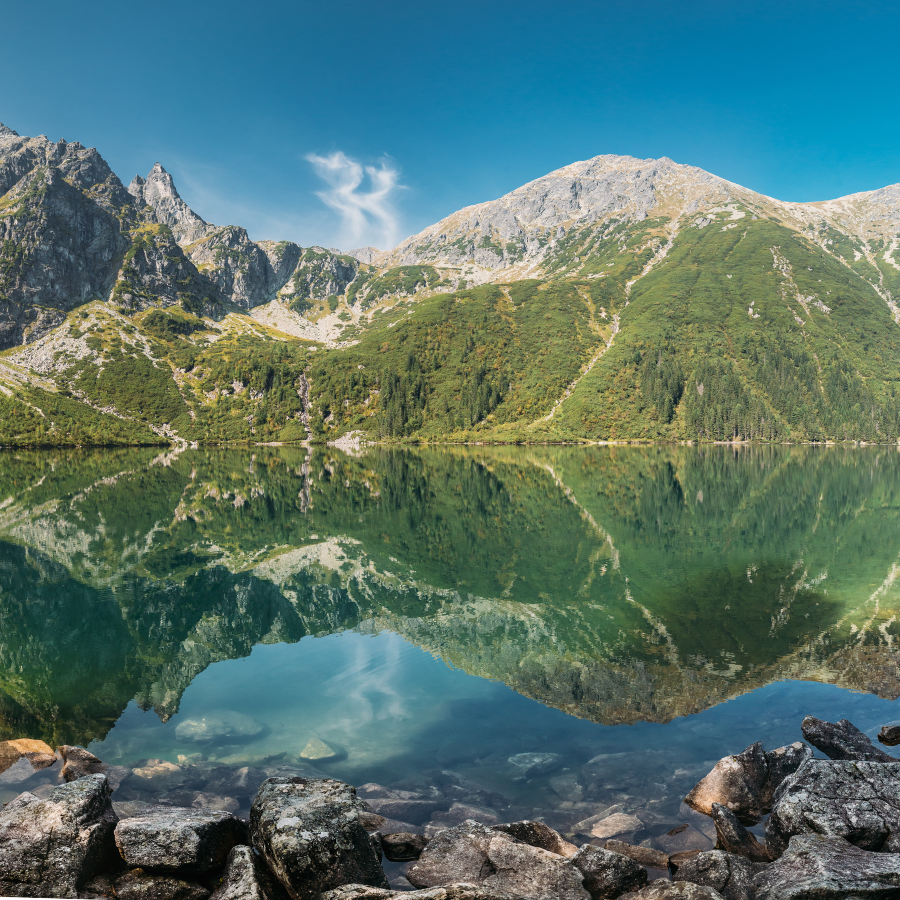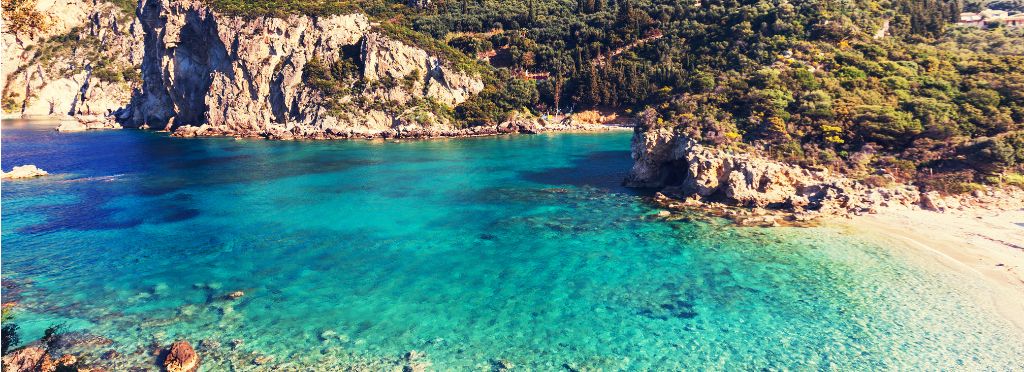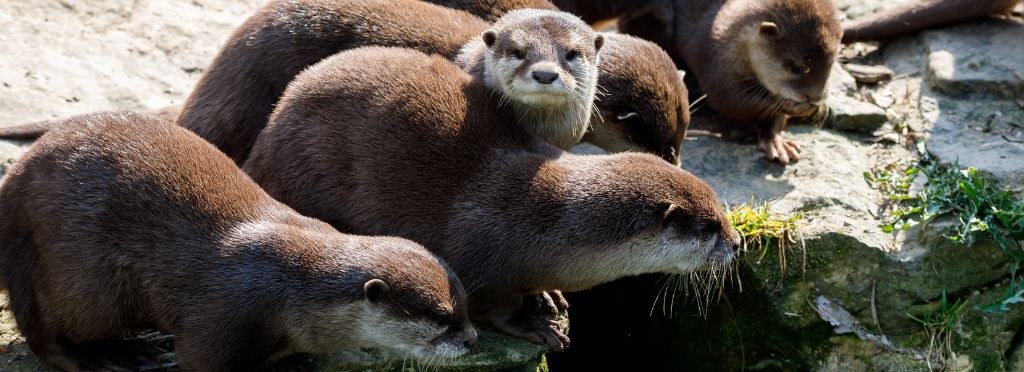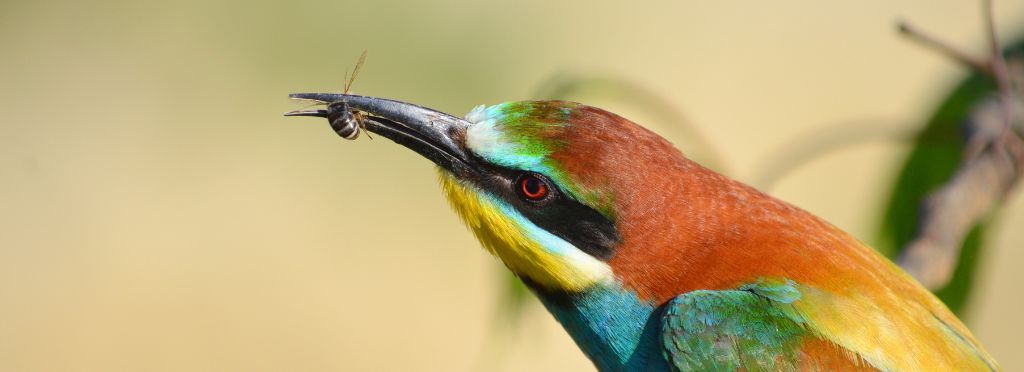On 17 June 2024, the Council (of the European Union) “formally adopted the – first of its kind – regulation on nature restoration. This law aims to put measures in place to restore at least 20% of the EU’s land and sea areas by 2030, and all ecosystems in need of restoration by 2050.
It sets specific, legally-binding targets and obligations for nature restoration in each of the listed ecosystems – from terrestrial to marine, freshwater and urban ecosystems.
The law
- brings specific targets for nature recovery
- ensures €100 billion funding to restore nature by 2050
- has specific targets for urban green spaces in it and mandates no net loss of urban green spaces by 2030 and 10% tree cover in cities by 2050
Restoring Land and Sea Ecosystems
Degraded habitats will need to be restored:
- at least 30% by 2030
- at least 60% by 2040
- at least 90% by 2050
Non-deterioration Efforts
This includes member states with areas that:
- have reached good condition thanks to restoration
- host the terrestrial and marine habitats listed in the regulation
Pollinator Protection
The regulation requires measures to reverse the decline of pollinator populations by 2030 at the latest.
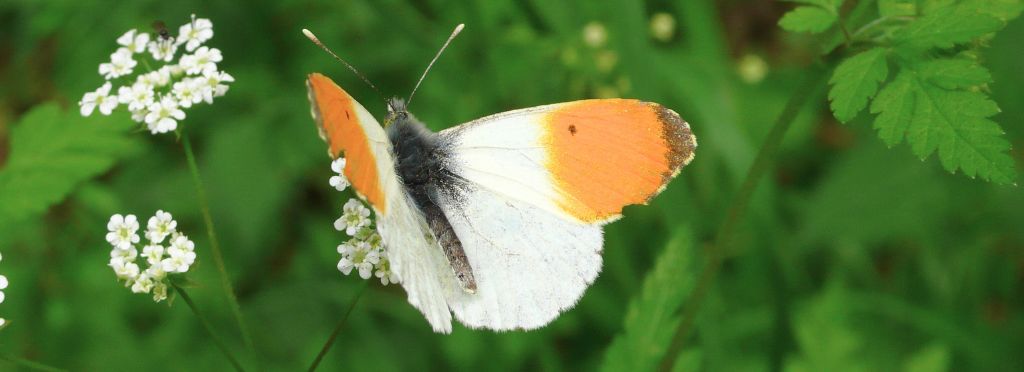
Ecosystem-specific Measures
Member states will need to enhance two out of these three indicators:
- grassland butterflies’ population,
- stock of organic carbon in cropland mineral soils and
- share of agricultural land with high-diversity landscape features.
Increasing forest birds’ population and making sure there is no net loss on urban green spaces and tree canopy cover until end of 2030 are also key measures of this new law.
What’s more, the law requires efforts to restore drained peatlands and help plant at least three billion additional trees by 2030 at the EU level.
Finally, member states will be required to remove man-made barriers to the connectivity of surface waters so that a minimum of 25 000 km of rivers become free-flowing by 2030.

National Restoration Plan
The new rules mean that member states must prepare and submit national restoration plans to the Commission, demonstrating how they’ll deliver on the targets. Additionally, they must monitor and report on their progress, based on EU-wide biodiversity indicators.
Alain Maron, Minister for Climate Transition, Environment, Energy and Participatory Democracy of the Government of the Brussels-Capital Region, is delighted by the positive vote on the Nature Restoration Law, agreed between the European Parliament and the Council nearly a year ago. He feels the achievement reflects significant effort and dedication, illustrating that the EU Council is committed to revitalising Europe’s natural landscapes, safeguarding biodiversity and the habitats of its citizens. He further emphasises that protecting the environment cannot wait and that it’s crucial to address the urgent biodiversity crisis in Europe and ensure the EU fulfils its global obligations.
As of the time of publishing, you’ll find next steps here.

